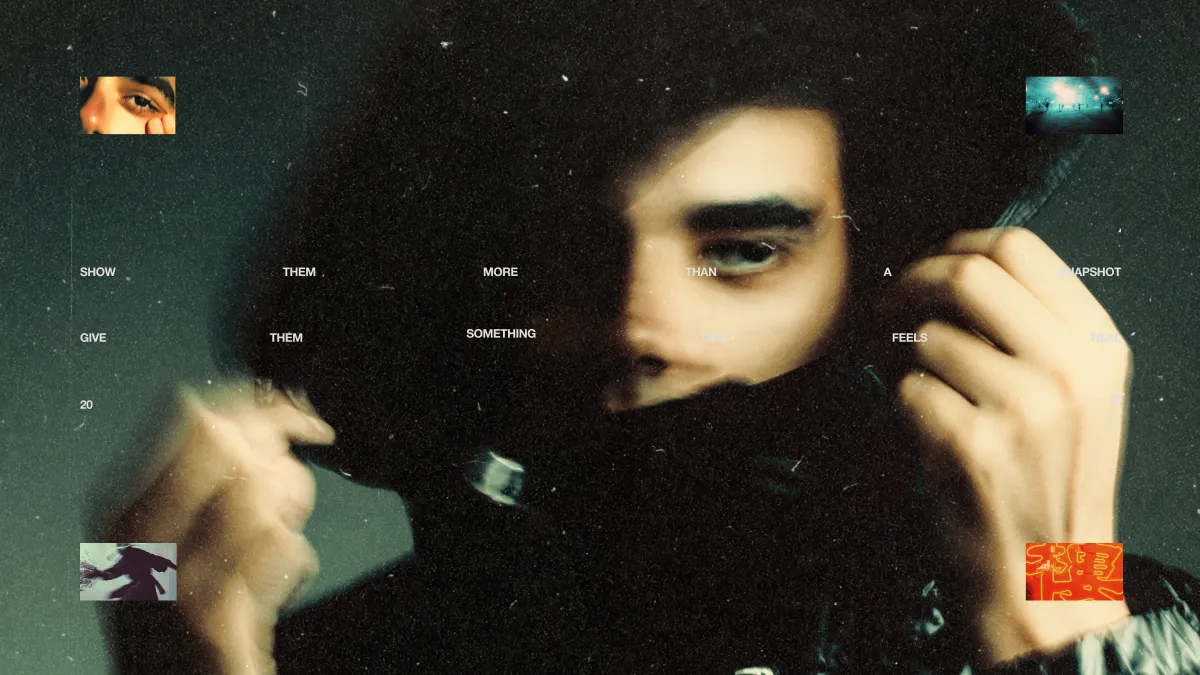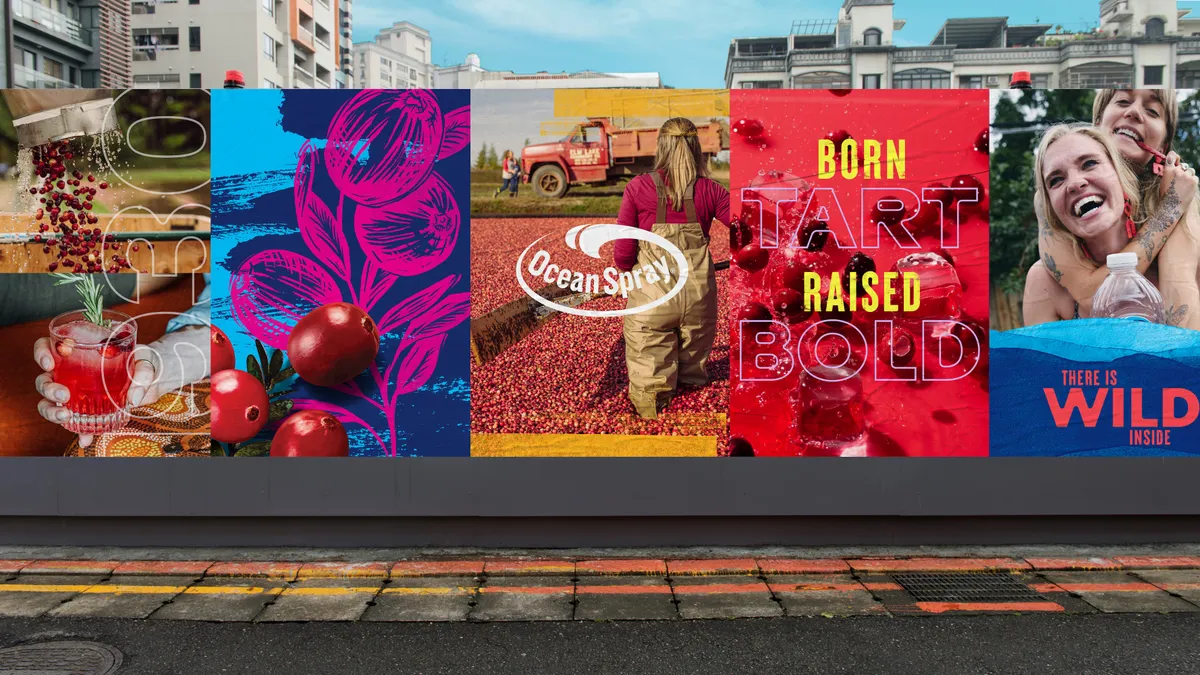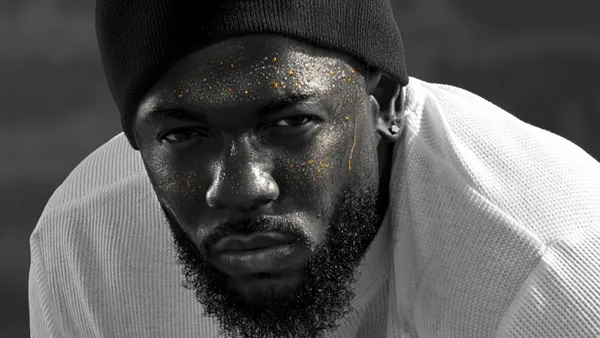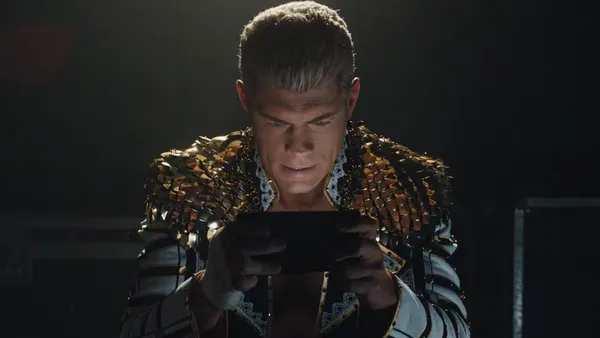Candidly speaking, it’s increasingly difficult for creative brands to leave a lasting impression on audiences through still photography. While technology has made content creation easier than ever, quantity often takes precedence over quality.
Creative professionals and marketers know just how hard and time-consuming it is to capture the perfect photo that resonates with audiences. Even the strongest technical work may not clear the bar, as consumers and B2B buyers want to feel emotionally connected to the images they see while also feeling those shots are grounded in reality. Add AI-generated images to the vast amount of available visuals, and it’s no wonder audiences can feel quickly distracted or overwhelmed.
Cutting through the noise requires touching a nerve that builds emotional bonds. With that in mind, the team at Stills – a leading photo licensing platform – is sharing three approaches from the The Photography in Design Trend Report that are standing out in today’s marketplace.
Candid Cameras
Consumers and B2B buyers have an innate need to make emotional connections on the way to making purchases. This means brands need to focus on capturing authentic moments. Real life is imperfect, and campaigns that aspire to unreachable goals can miss opportunities to make a meaningful impact on their target audiences.
Nothing is more authentic than capturing a person in the moment. There’s a place for the perfect pose in some product photography, of course. But to truly touch audiences, brands have to shoot through an unfiltered lens, as Stills notes.
Not every moment needs to feel perfect, just authentic. In this case, raw equals relatable. The audience can immediately sense if something feels disingenuous. Don’t try to fool them and certainly don’t underestimate them.
Flash Drive
While hardly new, flash photography is shining brightly in today’s marketplace. Employing “flash-on” photography is not only time-tested, but it’s a subtle technique that creates a longing for a different time.
Specifically, this nostalgic style – reliant on direct lighting and vivid subject isolation – appeals to audiences who appreciate or long for aesthetics popular during the Y2K era. The Stills team suggests brands simply take a beat and don’t try too hard, as this is time to appear to be “effortlessly cool.”
Bold, high-energy visuals help brands feel more relatable to consumers, while monochromatic photography risks coming across as aloof. On the flip side, hyper-polished imagery of the 2010s has become passé (for now).
“There’s a higher need for things to feel authentic and ‘real’ in the digital space as we move forward,” said content creator Victoria Stefania. “We’re going to see more flash photography that displays the real and raw.”
Abstract Appeal
Of course, not every audience will view the same image in the same way. For some, textural and abstract images often feel more authentic than polished, glossy photography.
These images are tangible, creating a sensory connection that imprints onto the audience.
It’s about balancing digital precision with raw reality, adding depth and a range of emotions to each photo.
“It feels like a fusion of pre-tech and modern design, digital and physical, leaving a more lasting impression,” said Robert McCombe, a UK-based freelance content creator and brand designer.
Brands and advertisers who make an emotional connection in 2025 are the ones who seek out unfiltered iconic moments. As the Stills trends report reminds marketers: “Trends come and go, but providing a genuine connection is timeless. That connection is your ultimate competitive advantage, and nailing that first impression is crucial. You cannot compromise on the critical piece that sparks that connection: the imagery.”
Check out the full Stills report to learn more about today’s top commercial photography trends.










